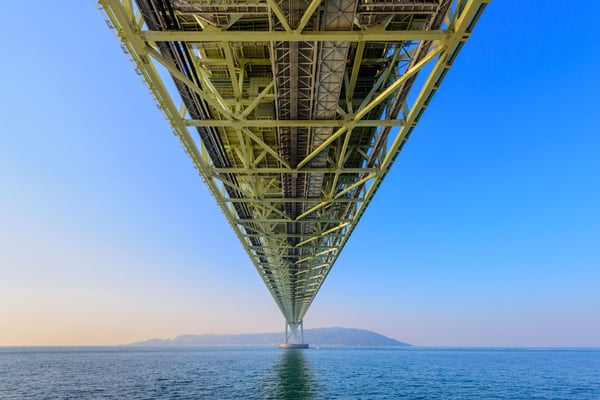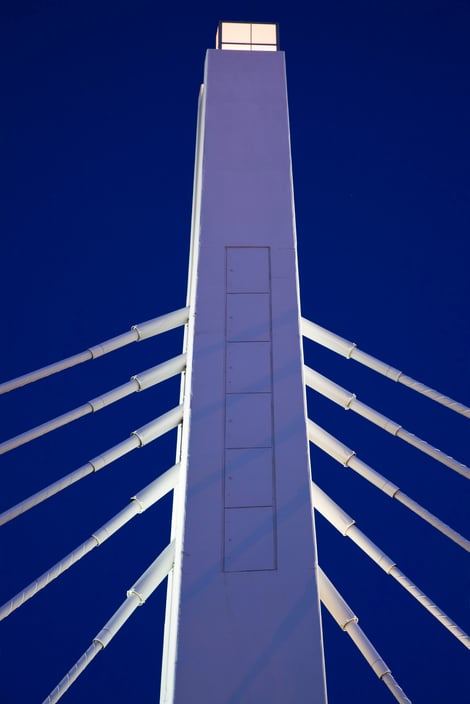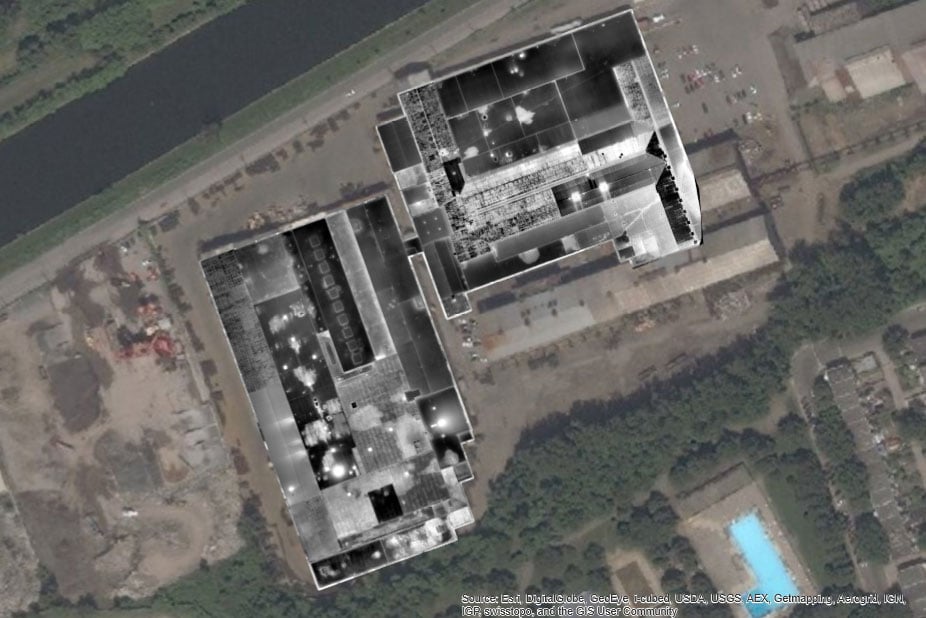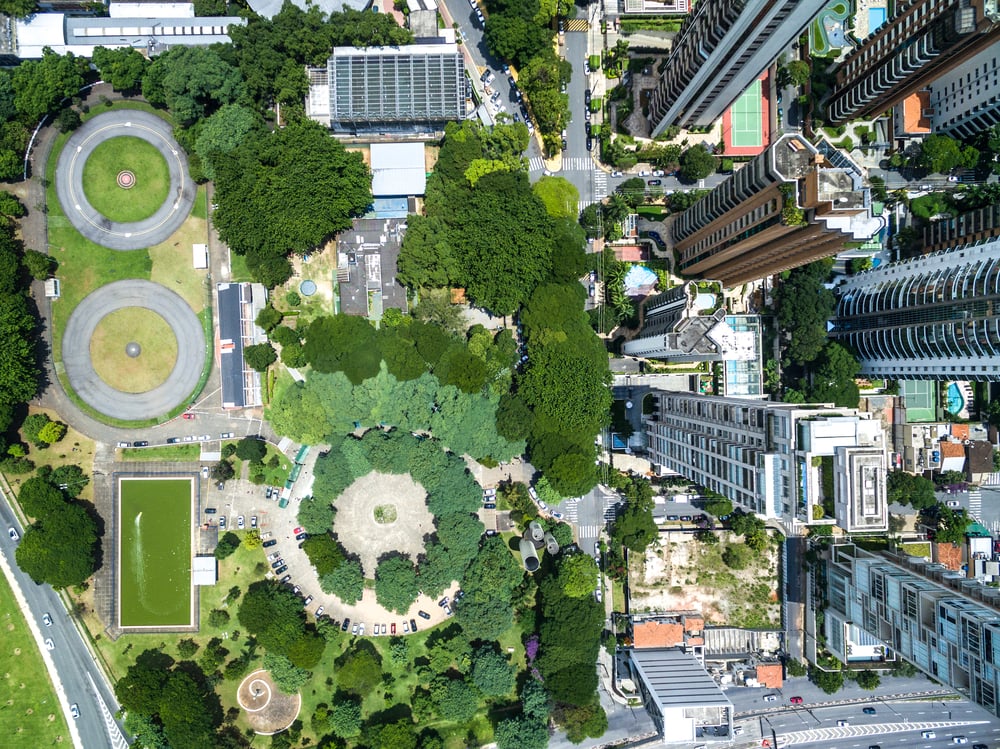Drones offer a low-cost alternative for swiftly identifying bridge damage, performance, and capacity decline concerns. Engineers can periodically examine and monitor the condition of bridges since drones are easy to deploy and cost-effective in a maintenance project.
Traditional bridge inspections are typically difficult, time-consuming, and expensive. They require specialized and expensive inspection gear to enable the engineers to check the underside of the bridge. However, even with such equipment, the inspection results are still not promising due to inaccessible areas and exposing the inspector to greater health risks - working at heights.

Top benefits of drone-based bridge inspection
1: Collecting comprehensive bridge status information
Compared to drone inspections, traditional bridge inspections are usually difficult, risky, costly and time-consuming. Drones typically provide better and more accurate image quality.
Drones equipped with HD cameras, proximity sensors and thermal cameras can help engineers in variety of ways. This enables drones to provide high quality and detailed images which experts can use to identify defects, wear and hot spots. Further, integrating the drones with drone inspection software in analytics, AI, 3D imaging, and other tools increases their ability to obtain a wide range of information and identify faults such as cracks, spalls, wear, delamination, rust, etc.
2: Eases bridge inspection while lowering costs
Generally, drones provide a quicker, safer and inexpensive alternative solution for inspecting a wide range of bridge designs. This provides a cost-effective solution for analyzing bridge structures, including the hard to reach locations while eliminating dangerous and expensive access equipment, ladders and other special inspection gear.
The devices make it easier and safer to check the status of the underside of the bridges while drastically reducing the inspection time and cost. In addition to reducing the risks associated with traditional methods, drones eliminate the need to shut down the bridge to traffic, hence saving costs and reducing time-wasting for the motorists. Generally, the drones cause little interference and have therefore less traffic control needs compared to the traditional methods.
3: Improved safety for workers and public
Drones can perform most of the life-threatening jobs much faster, and at the fraction of the costs, a traditional method would take. They eliminate most of the risks and can work under a wide range of weather conditions. As such, they can be used to quickly and safely inspect bridges for defects after natural disasters such as storms, hail weather, and more.
Traditional bridge inspection methods are risky to not only the workers, but also for the general public and users. Workers often suspended from the sides or underneath the bridges to assess the major components. The complexity, risks, and precautions during the inspection depend on the size and design of the bridge. Bigger bridges, over large volumes of water or high-speed rivers, are more dangerous and especially if they are also busy.
In some cases, it may require closing the bridges to minimize interruptions and risks to the users. However, with a drone, this may not be necessary and workers do not have to physically access the components that require inspection. This eliminates the need to suspend the workers underneath the bridge hence minimizing the associated safety risks, such as falls, drowning, car accidents and others.
4: 3D modeling of bridges
Drones can help to generate the 3D models of the bridges. These are useful in identifying defects and valuable for future projects. Generally, the UAVs can access almost any part of the bridge, including the sides, top and underside, better than human workers. Its capabilities include accessing the hard to reach areas, confined spaces and other areas that a human would have difficulties assessing properly.
Because of this, the drones will get better and more accurate images and measurements, that, when used together with drone software solutions, can help create 3D models of the structure. The models are useful for comparison purposes, identifying faults, as well as future developments and projects.
5: Easily and quickly identify defects
Drones provide a faster and simpler method of identifying any existing as well as impending faults. This enables the engineers and other construction experts to take the necessary actions such as repairs hence ensure the safe operation of the bridge.
The UAVs provides a technology that allows engineers to perform a comprehensive analysis of the bridges and identify structural faults and high wear areas.
Other than making the inspection safer and quicker, the drones maker the documentation of analysis reports easier. This is especially so when used with drone inspection software such as the Qii.AI which also streamlines the workflow and defects records.

Considerations when selecting a bridge inspection drone technologies
While a drone will collect a wide range of information, it requires other supporting technologies including the drone data analysis software. This enables organizations to analyze and make better use of drone data. Also, there are some basic requirements for the drone hardware that ensures better inspection and data collection.
Drone data analysis software
While a drone can provide plenty of valuable information, making meaningful use of this data is only possible when the right tools are available. Generally, it is important to have a reliable image optimization tool such as the AI-powered software BlueVu that analyzes the images and organizes them properly while also providing exhaustive reports. The automation software eliminates the need to manually go through the thousand of photos and can spot many details invisible to the human eye.
The BlueVu Software image analysis software also engineers to easily and quickly analyze and convert the drone images into professional inspection reports. This makes better use of the drone data and inspection efforts.
Drone hardware
The nature of a bridge environment may require customizing the drone and give it the ability to gather data from some invisible locations. In particular, it is important to pay attention to the following;
Drone flying time
A long flying time of at least 20 minutes ensures that the drone will have enough time to cover a considerable area. A shorter time means that the inspectors have to keep on disrupting the inspection to change batteries and this may affect the data consistency.
A camera on top of the drone
Adding an extra camera on the top side of the drone increases its coverage by enabling it to easily inspect the underside of the bridge. For this to happen, the drone should have the option to add a camera on its top side.
Long remote range
This is necessary when there is a need to pilot the drone from a longer distance. For high and long structures, the pilot cannot get physically closer to the drone hence the need for the long-range control.
Additional illumination
In some cases, the light underneath the bridge is inadequate for the drone to properly assess some locations. Adding the LED lights to the drone gives it the ability to enhance the illumination of the darker areas, hence gather accurate data.
High-resolution image and video cameras
This ensures that the drone will gather high-quality images and video hence provide the inspectors with quality and comprehensive information. Low-quality images make it harder to retrieve important information and can lead to wrong maintenance decisions.
Conclusion
Today, the drones are increasingly becoming effective for bridge inspections and have benefits such as better safety and cost-saving compared to the traditional methods. By using the UAVs, the inspectors can minimize the risks, labor, and costs associated with the traditional methods which require special equipment and higher levels of expertise.
Also, software developers have built effective image analysis and presentation tools to interpret drone data and provide insights into the structures. This enables the bridge engineers to identify and address any existing or potential problem areas at lower costs.
Tags
Building Inspections


